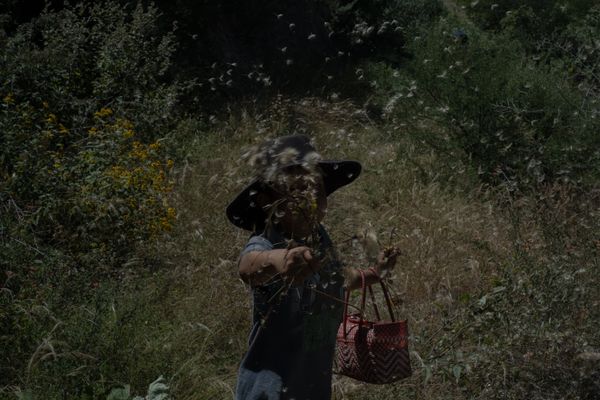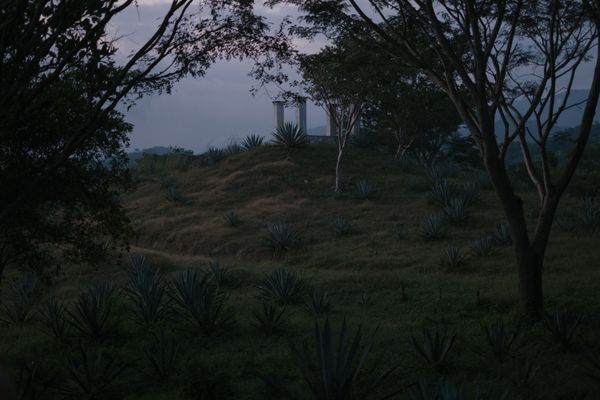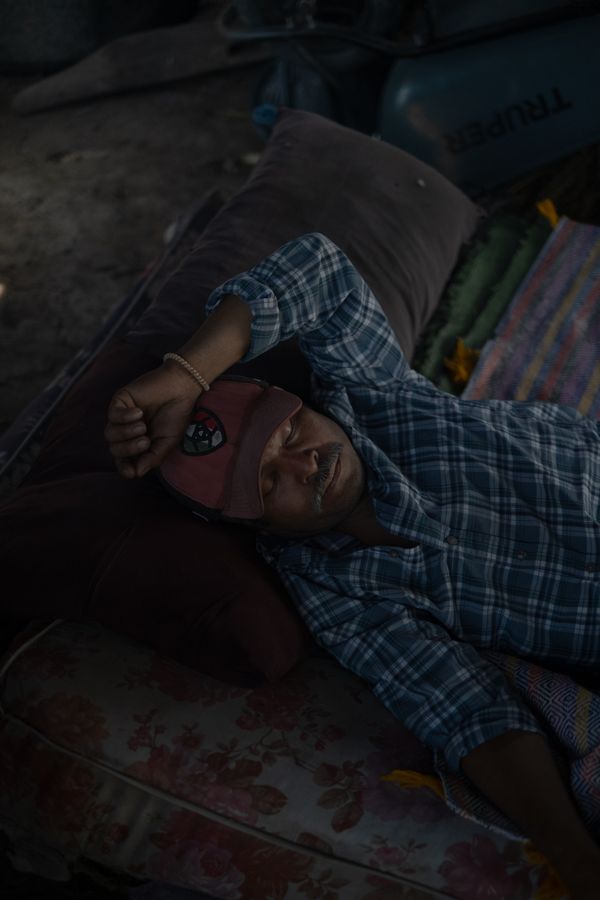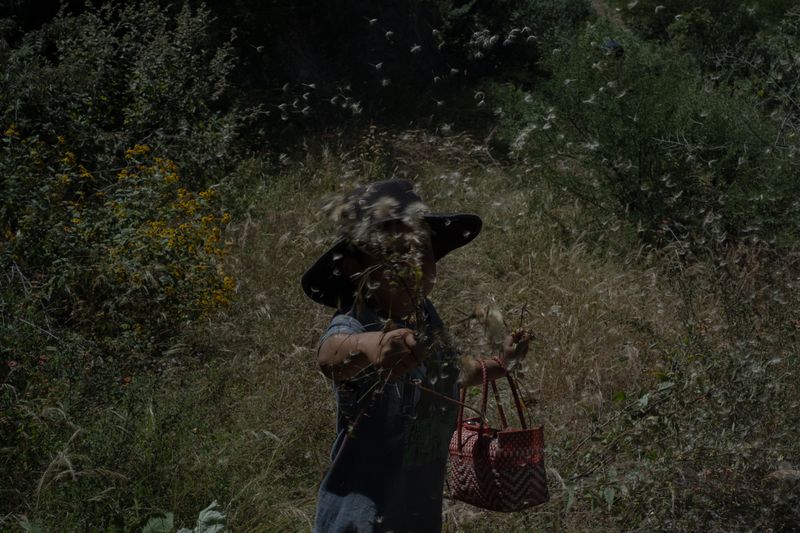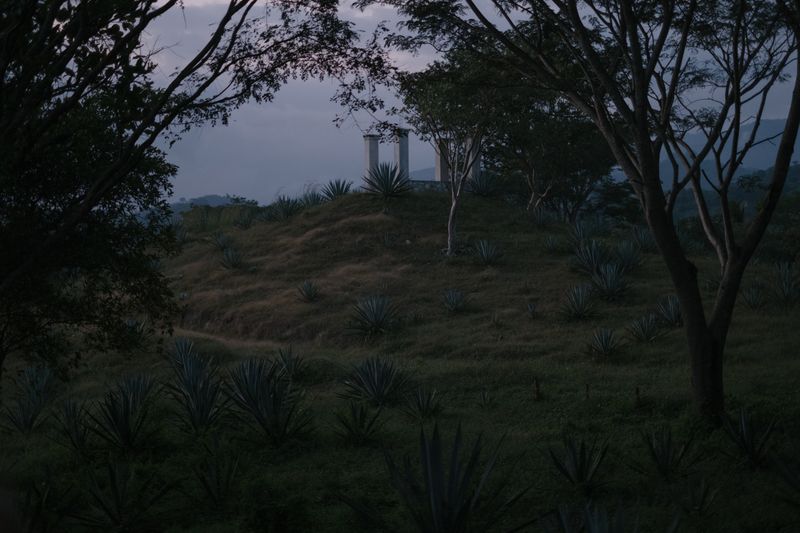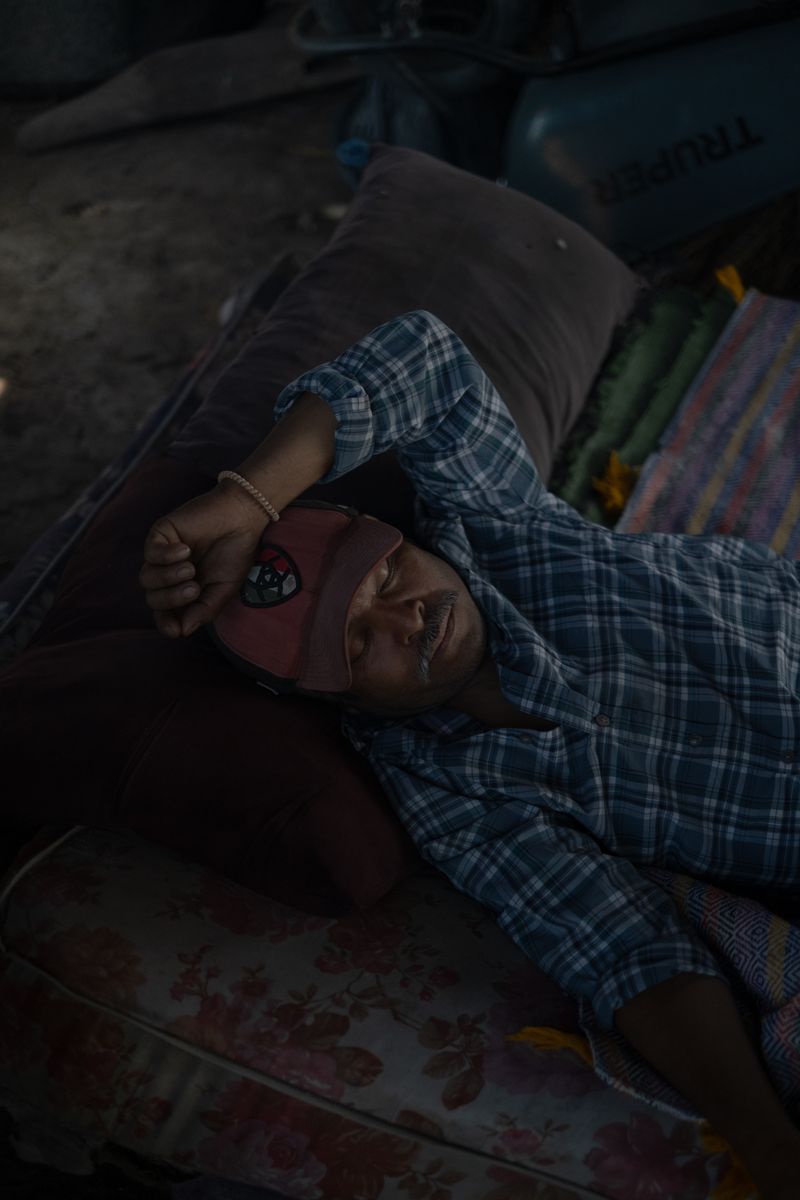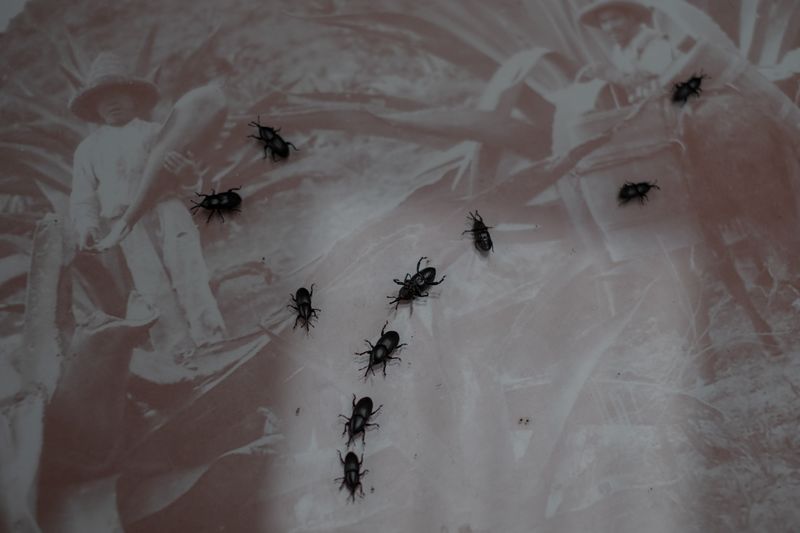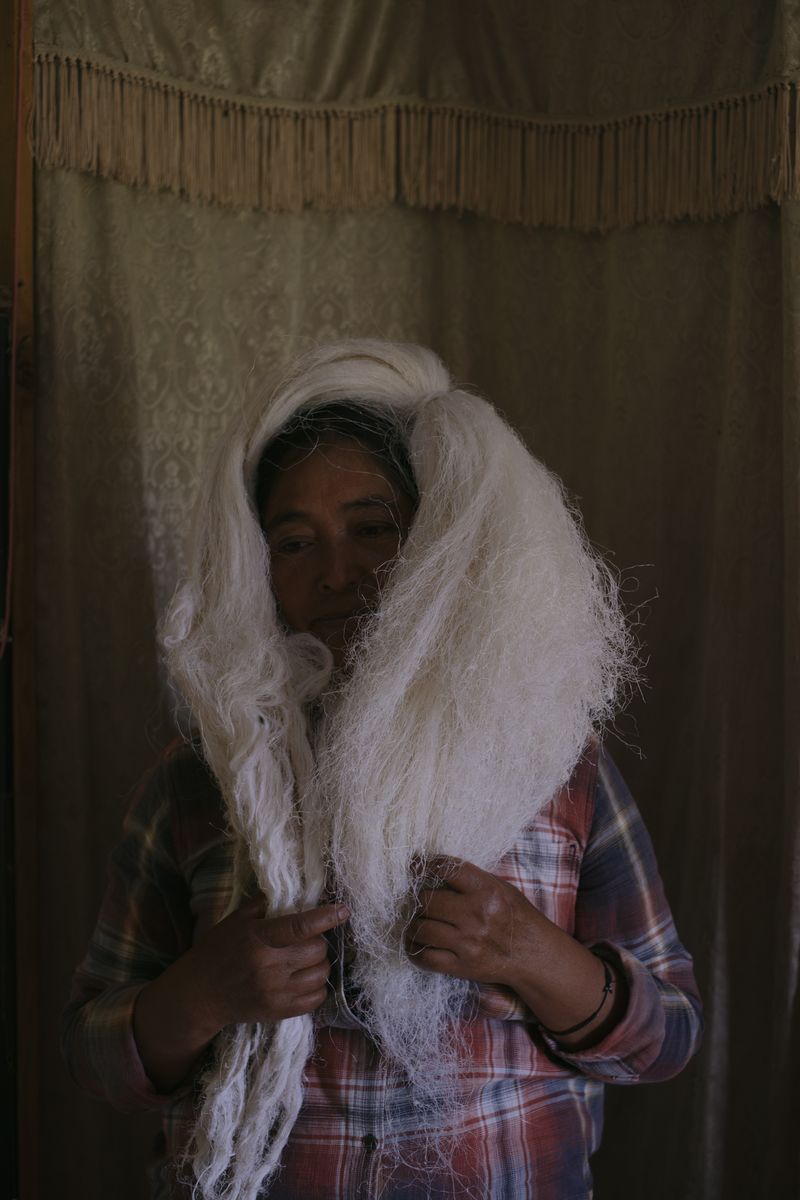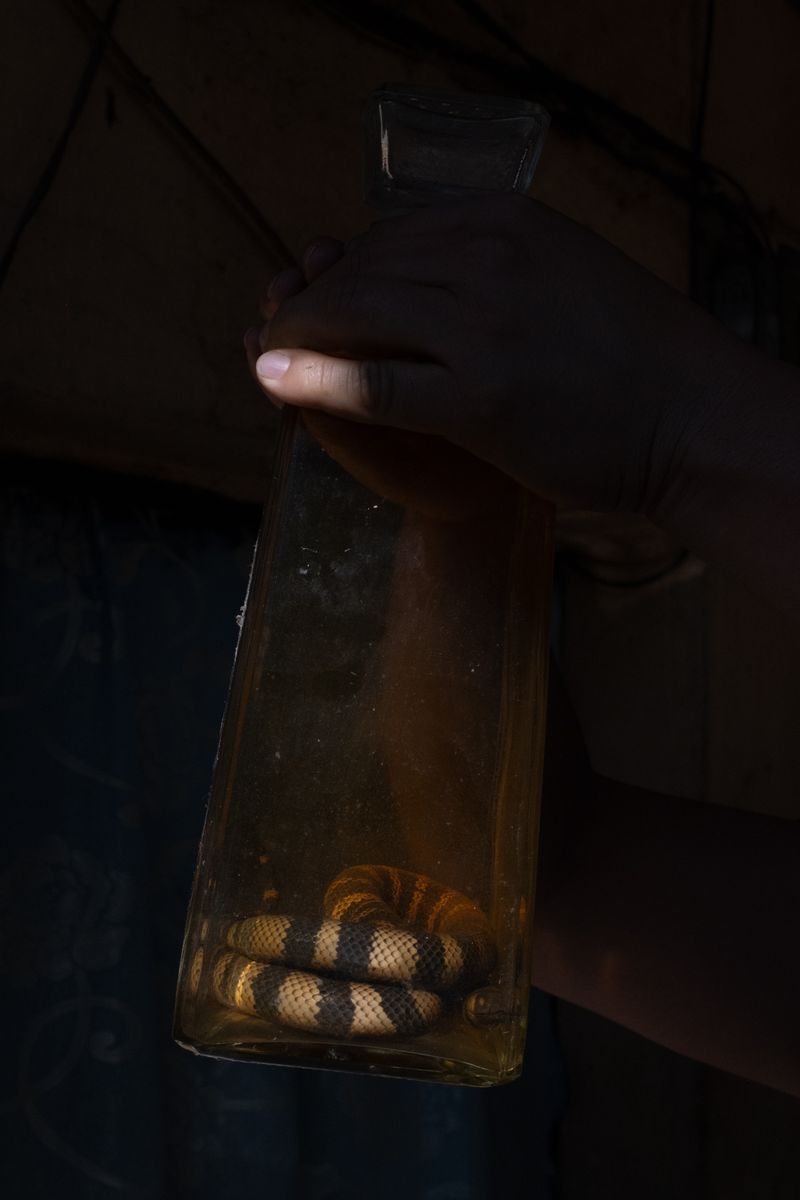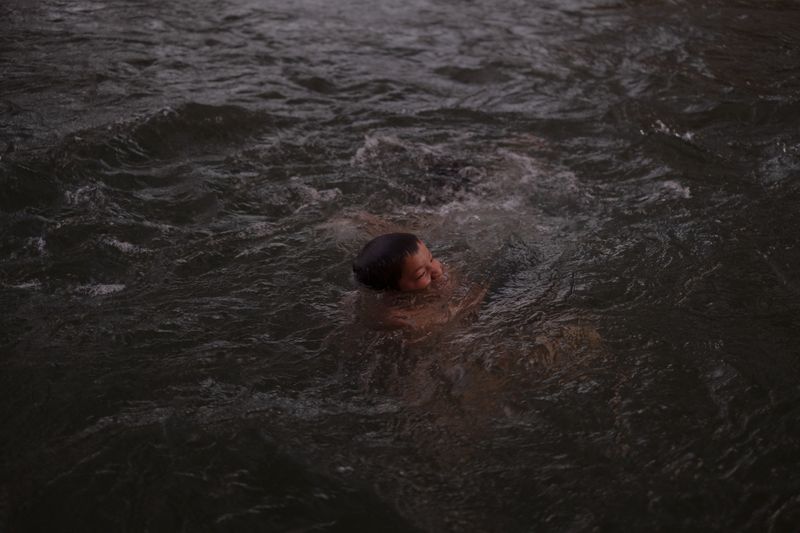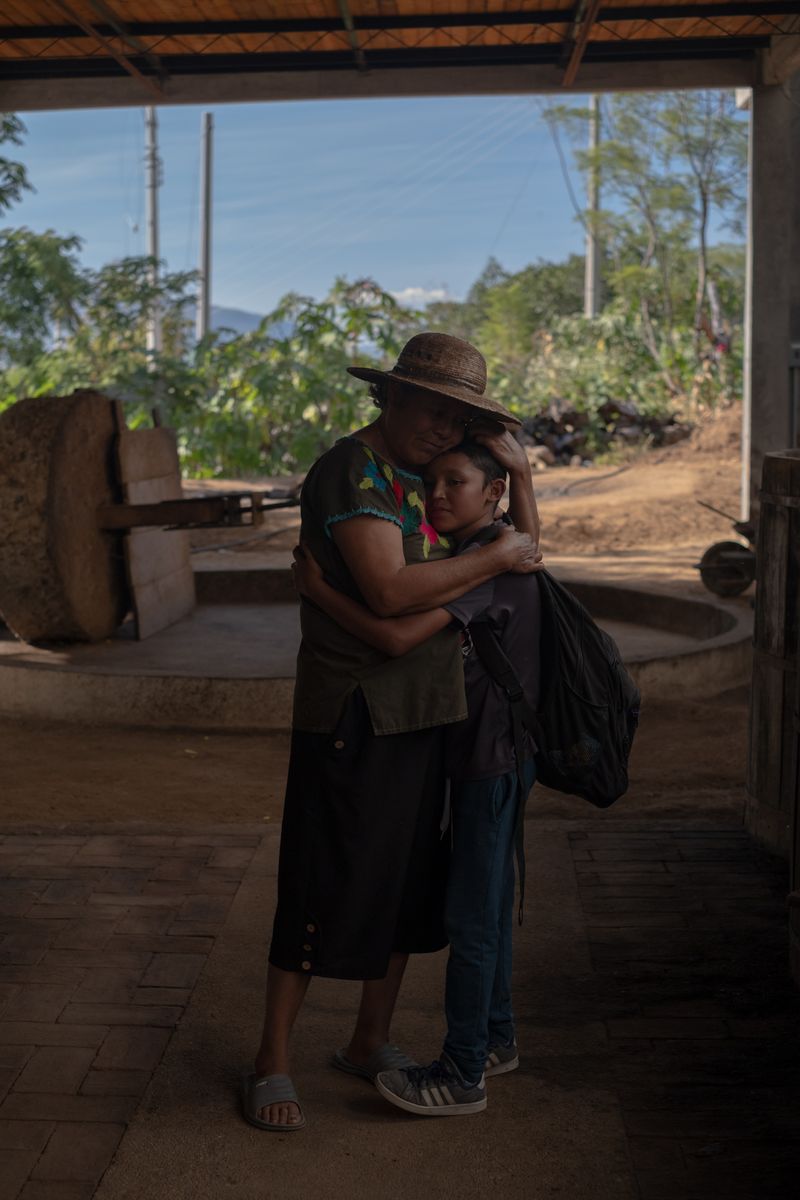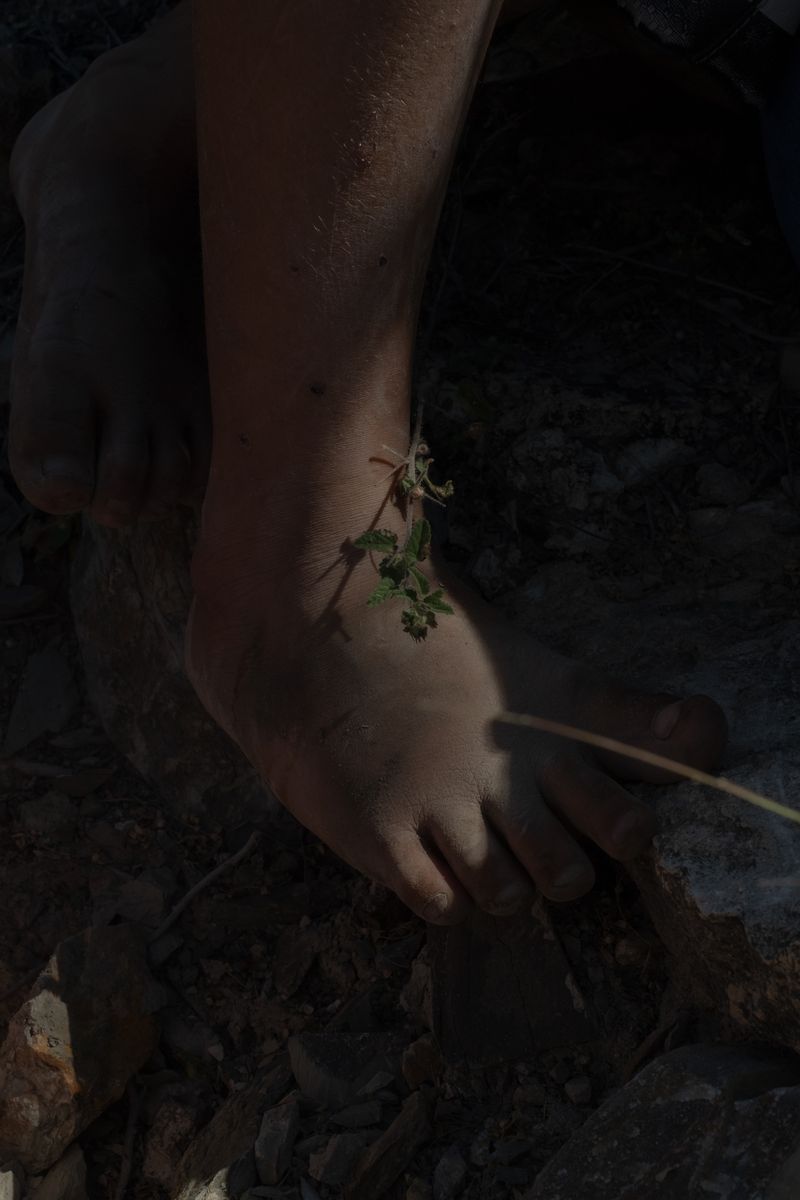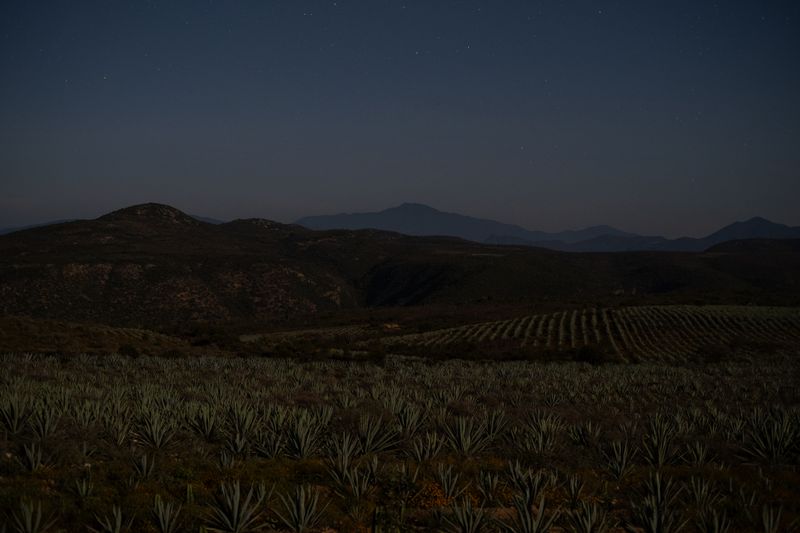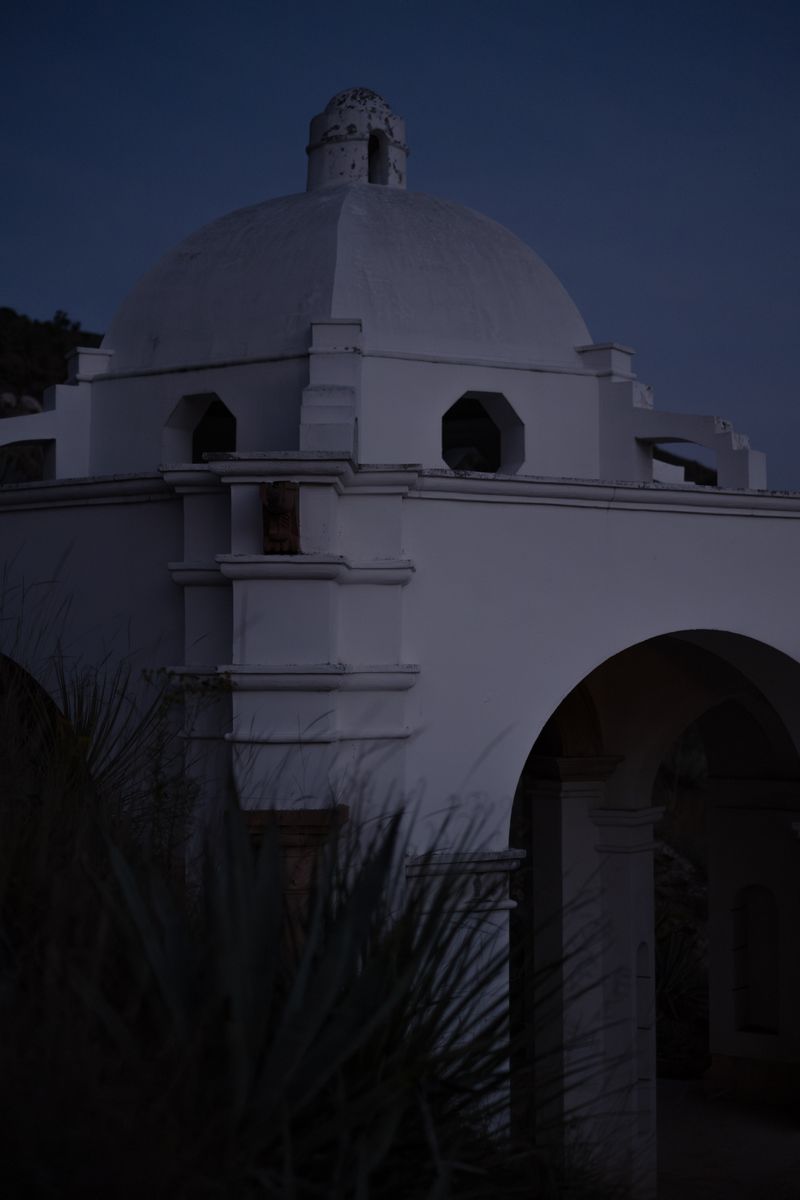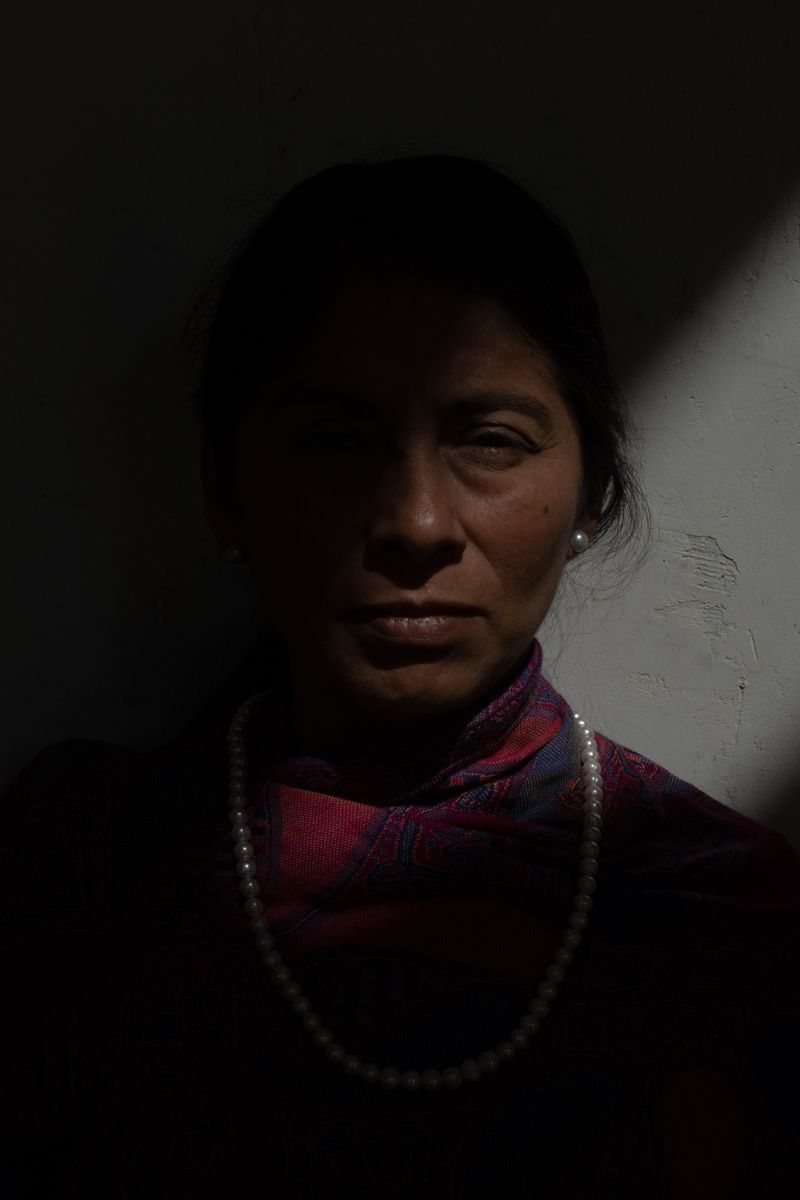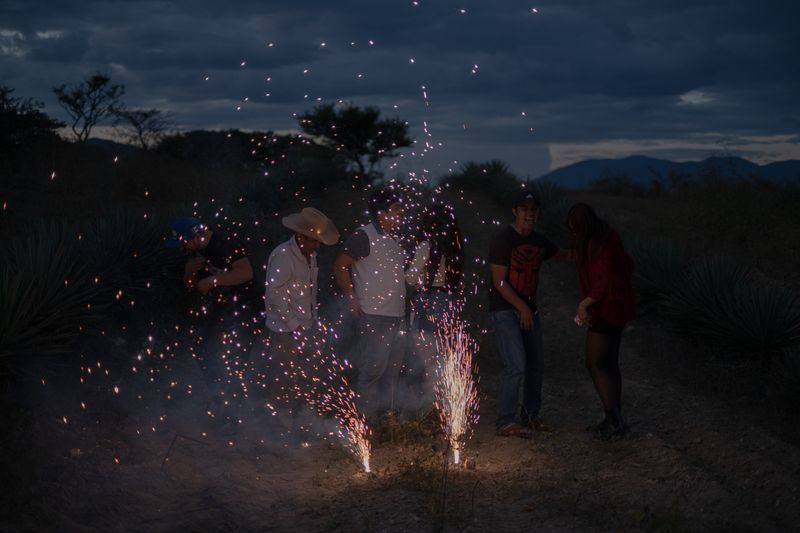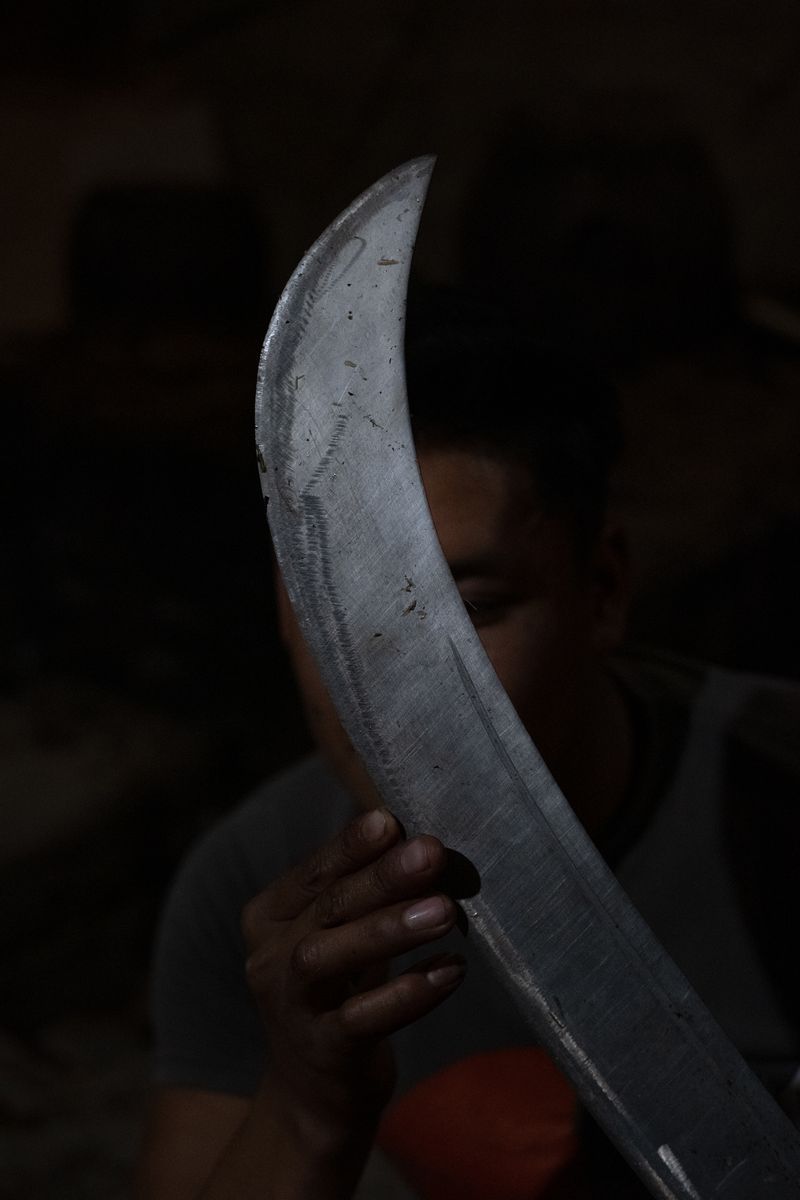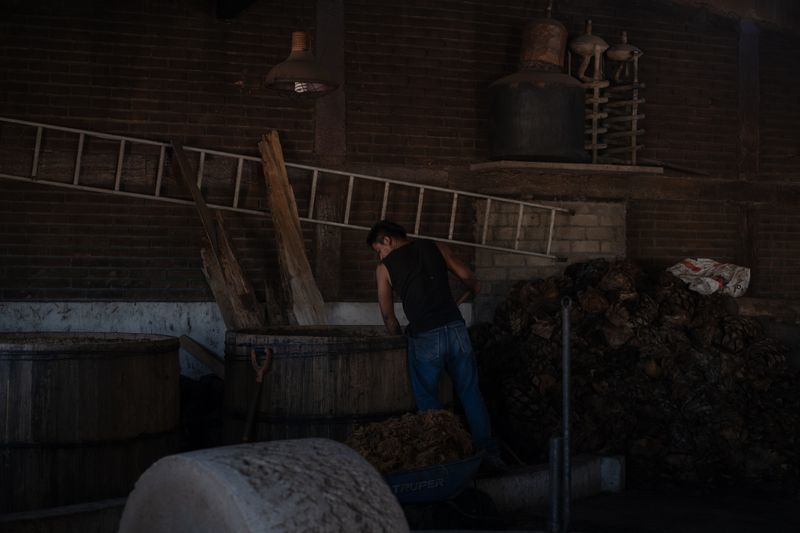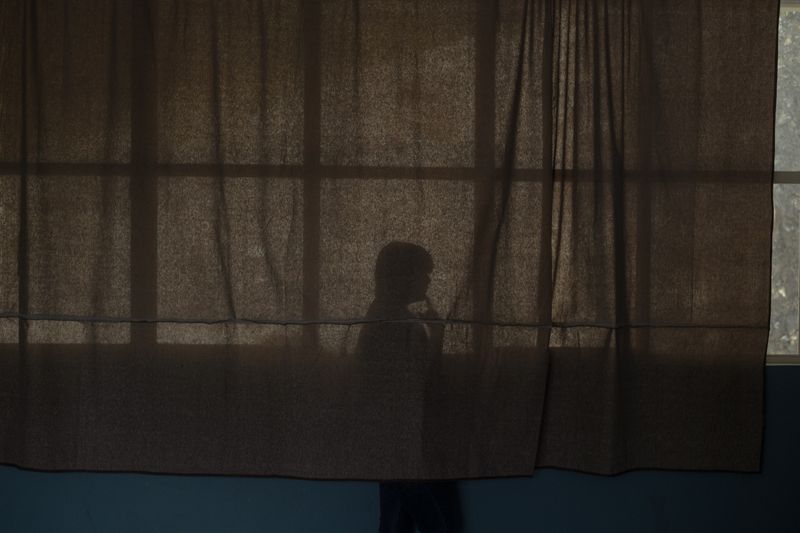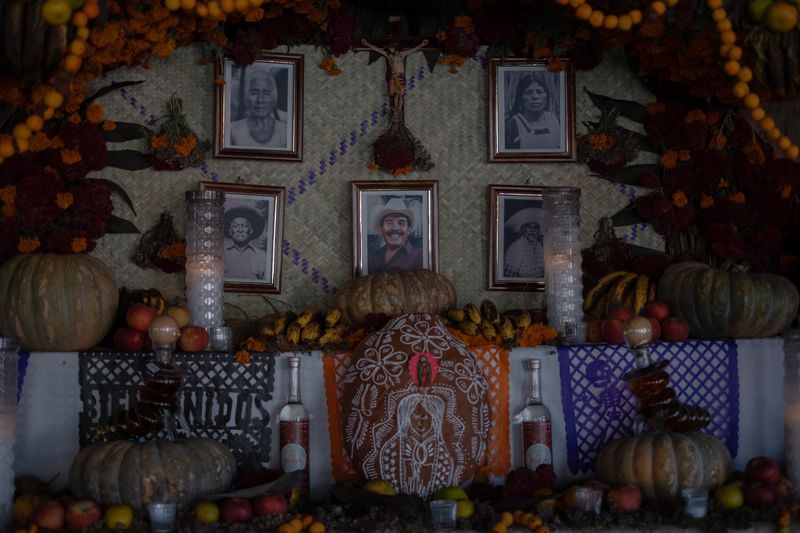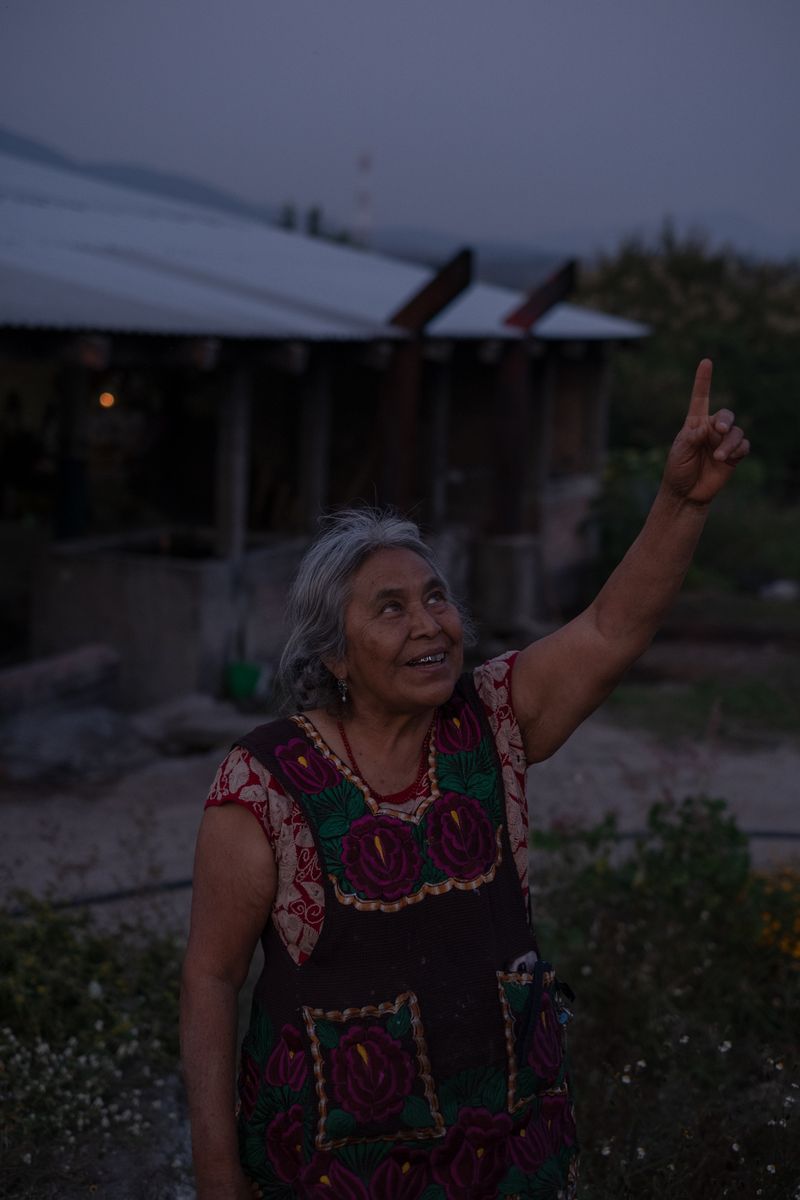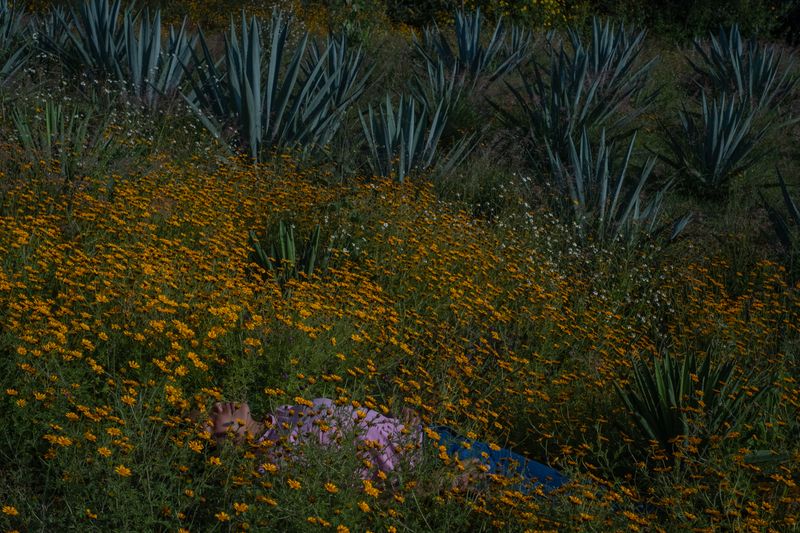El tiempo del maguey
-
Dates2023 - Ongoing
-
Author
- Locations Mexico, Hidalgo, Oaxaca
Following the rise of the international demand for mezcal, the project adopts its magic imaginary to challenge its actual global narrative, looking intimately at Oaxaca's pueblos to reach for a better understanding of the Mexican agave culture.
Mexico is home to the world’s richest biodiversity of agaves of all the globe, hosting hundreds of species and thousand years old human-agave interactions. Over the last decade, the growing international demand for mezcal, an agave-based spirit, has been pressuring the Mexican territory and its inhabitants at a pace that is far too aggressive for both the rural dynamics and the plant’s intrinsic temporalities. Although, the storytelling around mezcal in the Oaxaca’s touristic region is highly positive, selling an Arcadian vision of ancestral purity and wrongly referring to pre-hispanic origins.
Coming back from a crisis of the industry at the end of the twentieth century, mezcal is now the star of the worldwide’s spirituous scene for the uniqueness of its artisanal production, made in rustic vernacular infrastructures with humble equipment. The fragile entity of the pueblo suddenly arises from a narrative exalting the concepts of tradition and authenticity, while the figure of the maestro mezcalero reaches the individual recognition of an artist, challenging socio-cultural dynamics among the communities. Following the demand, the pressure becomes heavier on the small producers, on the land and on the soil, leading to problematics such as intensive plantations, monoculture, plagues, and inequities among the actors. With the intensification of the production, quantity is slowly winning back over quality, but accessibility is always more questionable as what was once an alcohol of the campesinos becomes the alcohol of an elite that paradoxically acclaims a proud past of indigenous deities. Submitted to the liquidity of the market and to the manipulation of the industry by Western investors and their brands, the agave world is currentlyfacing distortion and contradiction.
In the common language emerging among the mezcal world, it is said that its consumption makes you magical. Under Mezcal Influence visually adopts this magic imaginary to take a closer look at the varieties of myths and misconceptions around mezcal, but also shedding light on the daily reality of the pueblos mezcaleros of the State of Oaxaca. Influenced by a foreign interest, but immersed in the enchanting esthetics of its rural dimension, the mezcal situation is reflective of a forever dichotomy characterizing the Mexican nation, in between indigeneity and modernity. Stepping back from the superficial narrative and seeking for an understanding of the roots of an agave culture, the photos aim to show the subtile and sensible testimonies of a territory and its community, living the environmental and cultural consequences of their own economic apogee.
